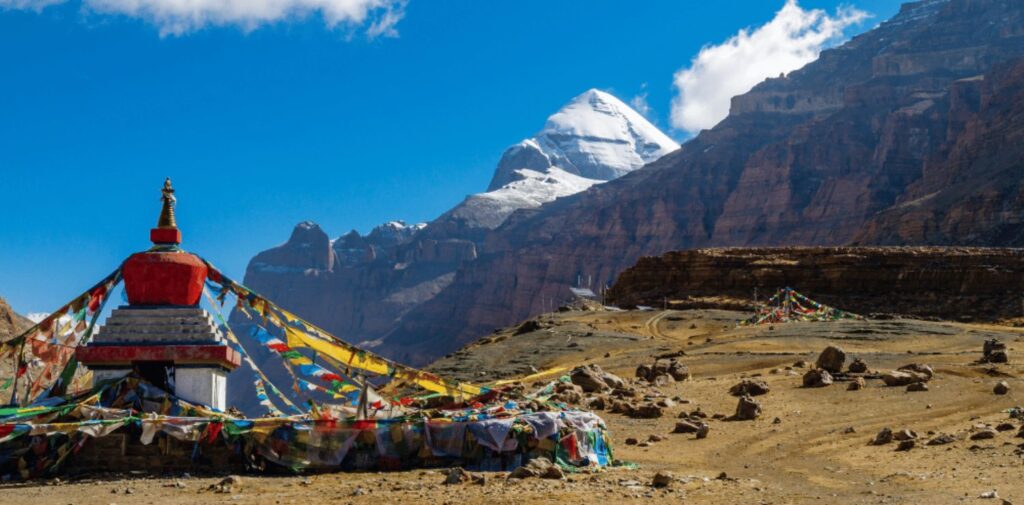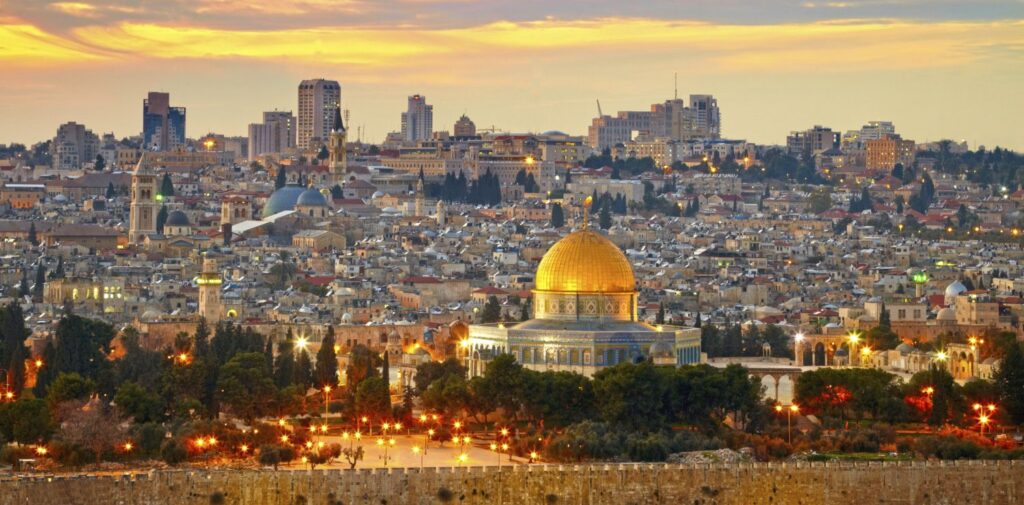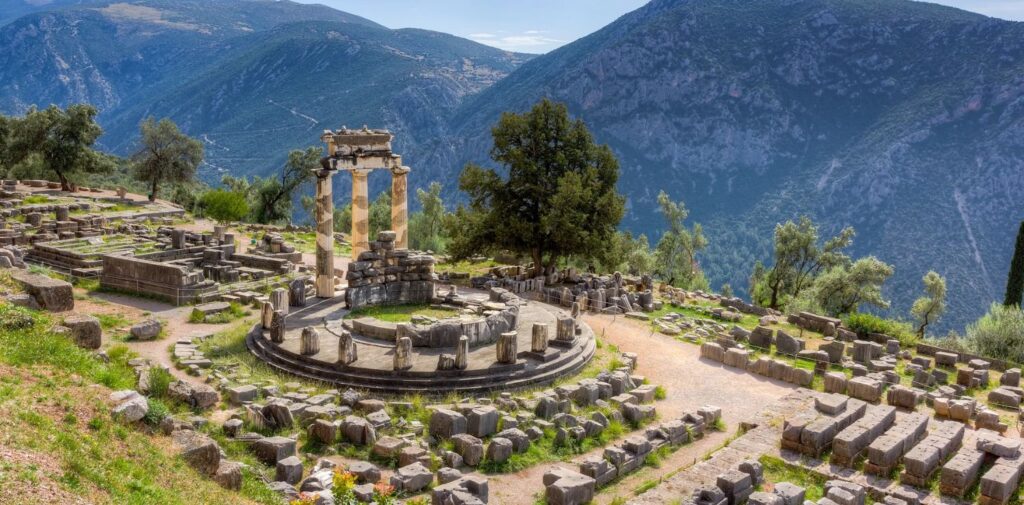India, known for its rich history, diverse culture, and spiritual heritage, has always been a major destination for religious tourism. With sacred places ranging from the Himalayas to the southern tip of the country, pilgrims have long traveled to India to seek spiritual fulfillment. However, the 2000s and beyond have seen a major transformation in Indian religious tourism.
With the increasing accessibility of these sacred sites, technological advancements, and a focus on sustainability and infrastructure, religious tourism in India has taken a modern shape while still retaining its deep-rooted traditions. This article explores the evolution of Indian religious tourism from the early 2000s to the present day, focusing on the development of key pilgrimage sites, the role of technology, and the growing influence of global tourism.
The Transformation of Key Pilgrimage Sites
The 2000s marked the beginning of a new era for many religious sites across India. Sites like Mansarovar, Varanasi, Vaishno Devi, and the Golden Temple have been popular for centuries, but the 21st century brought significant changes in terms of accessibility, facilities, and government support. These sacred sites have seen a blend of modernization with traditional values, attracting more visitors than ever before.
One of the most iconic examples is the holy lake Mansarovar in Tibet, which has been an important destination for Hindus, Buddhists, and Jains for centuries. It is believed that a pilgrimage to Mansarovar purifies the soul and leads to moksha (liberation). With the establishment of better road connectivity and the opening of direct routes to the region, this sacred site became more accessible to pilgrims from India. The Chinese government’s agreement to allow Indian pilgrims to visit Mansarovar via Nepal has also played a key role in increasing the number of visitors.
Similarly, pilgrimage to Vaishno Devi, located in the Trikuta Mountains of Jammu and Kashmir, has become more modernized. With the introduction of helicopter services, pilgrimages to this holy shrine have become faster and more accessible. Likewise, in places like Varanasi and Rishikesh, traditional ghats and temples have been revamped with better facilities, creating a smoother and more comfortable experience for pilgrims.

The Role of Technology in Religious Tourism
The use of technology has become a game-changer in the way pilgrims travel and experience religious tourism in India. In the 2000s, with the advent of the internet and smartphones, pilgrims began to access information about religious sites more easily than ever before. Websites, mobile apps, and online booking platforms have allowed people to plan their pilgrimages, book accommodations, and even get real-time updates on the status of religious events.
One of the most prominent examples of technology in Indian religious tourism is the introduction of the Shri Vaishno Devi Shrine Board App. This app allows pilgrims to check the status of their yatra (journey), track their steps, and even view live streaming of the shrine. Similarly, the Kedarnath Shrine in Uttarakhand has adopted modern technology to help visitors with online bookings, weather updates, and better safety measures during their pilgrimage. This technological shift has made religious tourism much more organized and hassle-free.
Moreover, virtual reality (VR) and augmented reality (AR) are beginning to play a role in enhancing religious tourism experiences. For example, some temples and pilgrimage sites have started using VR to offer virtual tours for people who are unable to visit due to physical limitations, financial constraints, or other reasons.

Government Initiatives to Boost Religious Tourism
The Indian government has been actively involved in promoting religious tourism through various initiatives aimed at improving infrastructure and creating a more seamless travel experience. The government’s Swadesh Darshan Scheme, launched in 2014, focuses on developing and promoting themed tourist circuits based on religious, cultural, and spiritual heritage. This has led to improvements in the infrastructure around pilgrimage destinations, such as better roads, sanitation, and facilities for pilgrims.
The Prasad Scheme (Pilgrimage Rejuvenation and Spiritual, Heritage Augmentation Drive), launched by the Ministry of Tourism, has been instrumental in providing financial assistance for the development of religious and spiritual destinations across the country. Under this scheme, iconic pilgrimage sites like Somnath Temple, the Golden Temple, and other popular spots have seen enhanced facilities, making them more attractive to both domestic and international visitors.
In addition, the introduction of a Char Dham project, which focuses on improving roads and connectivity to the four major pilgrimage sites in Uttarakhand (Yamunotri, Gangotri, Kedarnath, and Badrinath), has contributed significantly to increasing the number of visitors to these regions. The infrastructure development, including better roads and bridges, has made it easier for pilgrims, especially the elderly, to visit these sacred places.
Sustainable Tourism and Preserving Sacred Heritage
With the rise of religious tourism, there is also an increasing awareness of the need for sustainable and responsible tourism. Overcrowding, environmental degradation, and the pressure on resources have become major concerns at popular pilgrimage sites like Vaishno Devi, Kashi, and Amarnath. The influx of millions of pilgrims annually has raised questions about how to balance spiritual tourism with environmental preservation.
In response, there has been a growing focus on sustainable tourism practices. Pilgrim sites are adopting measures like eco-friendly accommodations, waste management systems, and the promotion of eco-tourism. In 2017, the Sustainable Tourism Policy for religious tourism was introduced by the Ministry of Tourism to ensure that development does not harm the local environment or culture.
The government has also worked towards promoting “off-season” pilgrimages to reduce congestion during peak months. By spreading the flow of pilgrims throughout the year, pressure on infrastructure and resources can be eased, contributing to a more sustainable and enjoyable experience for visitors.
Moreover, community-based tourism models are being implemented around sacred sites, where local communities are encouraged to participate in tourism activities. This creates a win-win situation by supporting local livelihoods while preserving the cultural heritage of the region.

The Global Appeal of Indian Religious Tourism
The globalization of Indian religious tourism has led to an increase in international visitors. Pilgrims from countries like Nepal, Sri Lanka, Thailand, and even Western nations are traveling to India to explore its rich religious and spiritual traditions. The growing interest in Hinduism, Buddhism, Sikhism, and Jainism has brought people from diverse cultures and backgrounds to the sacred cities of India.
Pilgrimage to places like Varanasi, the Golden Temple, Bodh Gaya, and Sarnath has become increasingly international. These sites have seen a rise in the number of foreign pilgrims, and India’s government has been promoting them as key destinations for international religious tourism. Various initiatives, such as creating more tourist-friendly visa policies and developing multilingual travel guides, have helped cater to this growing international audience.
Furthermore, Indian diaspora communities around the world are now more actively involved in religious tourism. For many NRIs (Non-Resident Indians), visiting temples and participating in religious festivals has become an important way to reconnect with their roots. The expansion of religious tourism infrastructure to accommodate both domestic and international pilgrims has been essential to meeting the needs of this growing market.
Conclusion: A Harmonious Blend of Tradition and Modernity
Indian religious tourism has undergone a remarkable transformation from the 2000s to the present. With modernization in infrastructure, the use of technology, government support, and sustainable practices, the sector has been able to maintain its sacred values while adapting to the needs of modern-day pilgrims.
From the revered Mansarovar in the Himalayas to the bustling streets of Varanasi, religious tourism in India today is a dynamic blend of tradition and modernity. The increasing appeal of these sites to domestic and international travelers is a testament to the deep spiritual connection people have with these places. While challenges remain, such as preserving the cultural and environmental heritage of sacred sites, the future of Indian religious tourism looks promising, with a strong focus on both development and preservation. As pilgrims continue to seek spiritual solace in these timeless destinations, the evolution of religious tourism in India will continue to be a vibrant and essential part of the country’s cultural and economic fabric.




